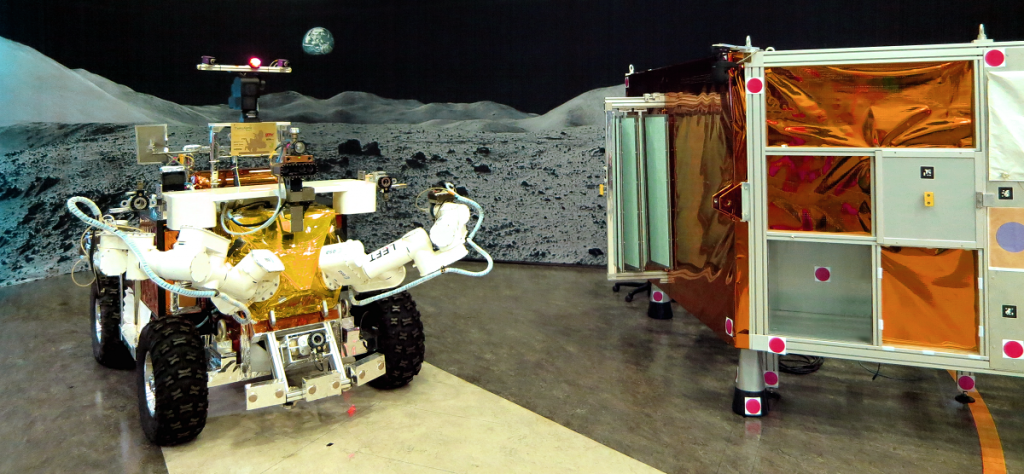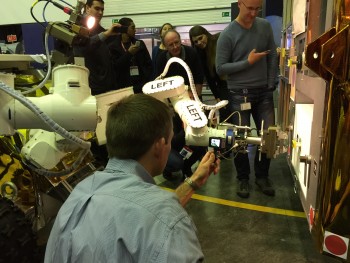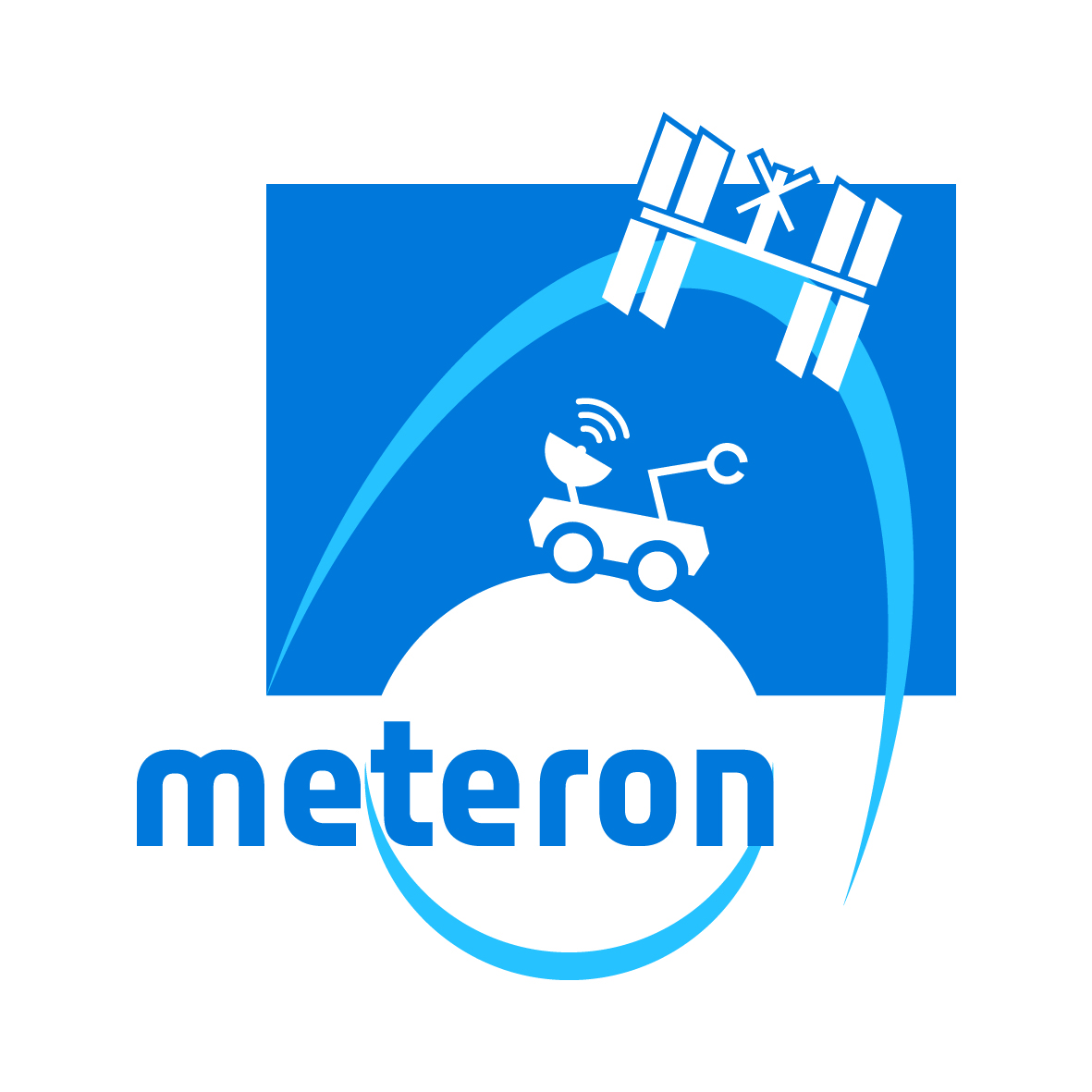We have walked on the surface of the moon and had people in constant orbit around our planet for the good part of the past two decades. So what is next in line for human space exploration? Is there a way for us to experience the surface of Mars without having to risk lives by putting astronauts through rough landings? Well, you probably guessed it, robots could help out of course!
Robots have evolved to form an integrated part of everyday life on Earth and there are great advantages of using robots also in space. Controlling a robot on Mars from Earth requires some patience as the signal takes 28 minutes to travel there and back. That means it takes 28 minutes before you know if a command has been successful – a robot will perform an action and 14 minutes later you will know whether it managed to perform the command without errors. Imagine sending the wrong command and waiting a frustrating half hour to see the results, then sending the correct command and waiting another 30 minutes.
As robots can go to places that are dangerous or even impossible for humans to reach, we can use them to do things that we would not do. Yet having people close enough to enable real-time control would make operations much smoother than from afar. ESA’s Meteron project is developing a method to sort these things out and this blog will recount the story of how we are testing for when having a crew on orbit is beneficial for robotic operations on the Moon or another planet.
The space industry might not be as you imagined, not as streamlined or perfect, but it is filled with creativity, science and engineering. A huge amount of hard work is involved and most projects pass rocky roads on their way to the finish line. The Tales of Meteron blog will take you on a journey toward defining future human space exploration with robots, astronauts and the International Space Station. Follow us on our preparations for our next big telerobotic experiment in September 2015 with ESA astronaut Andreas Mogensen controlling some of our robots here on Earth from space.
Tales of Meteron will be your inside guide to a small part of the space industry.
Marina Rantanen
Eurobot Engineer




Discussion: one comment
Great. this is an ability we need to pursue in order to bridge the gap before human landings on other bodies in the Solar System. This technology will enable us to build habitat modules and fuel, oxygen and water making modules on the surface of perhaps Mars after landing them over a period of time. Obviously more precise landing ellipses will be necessary but lets get started.